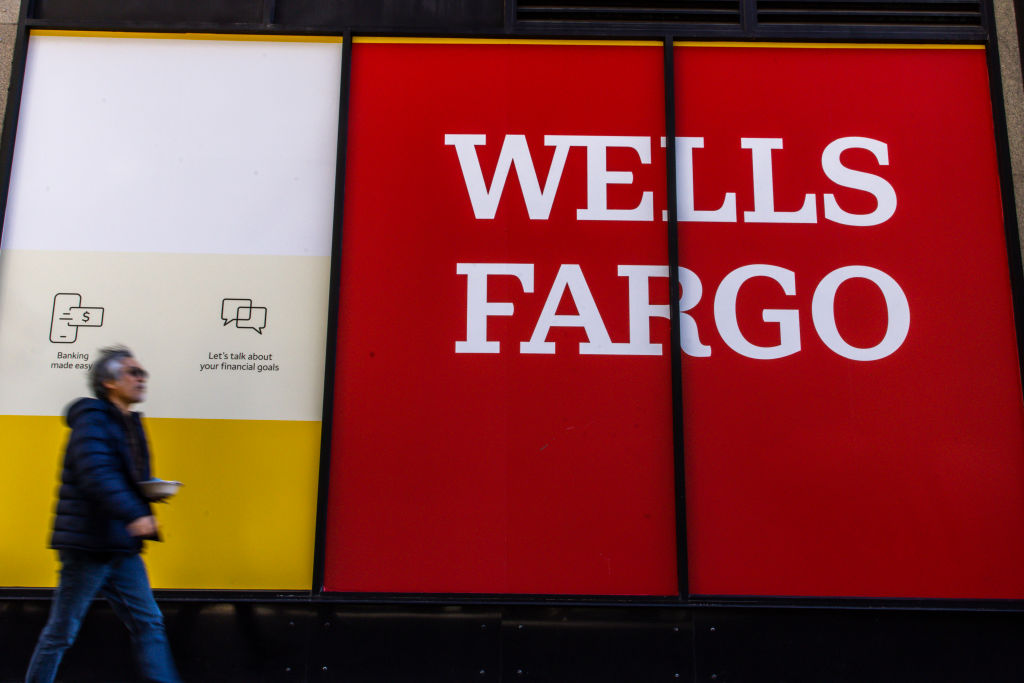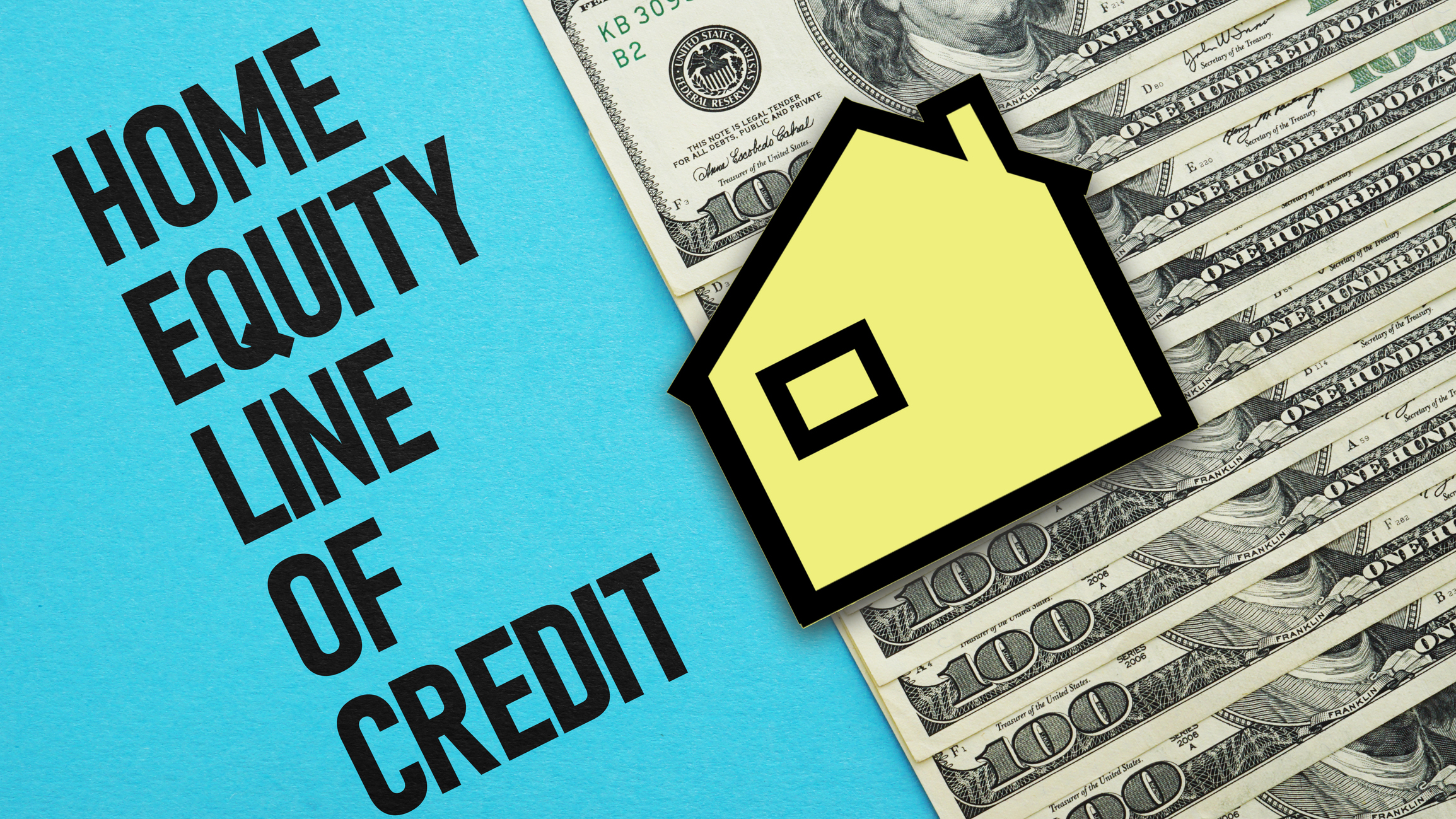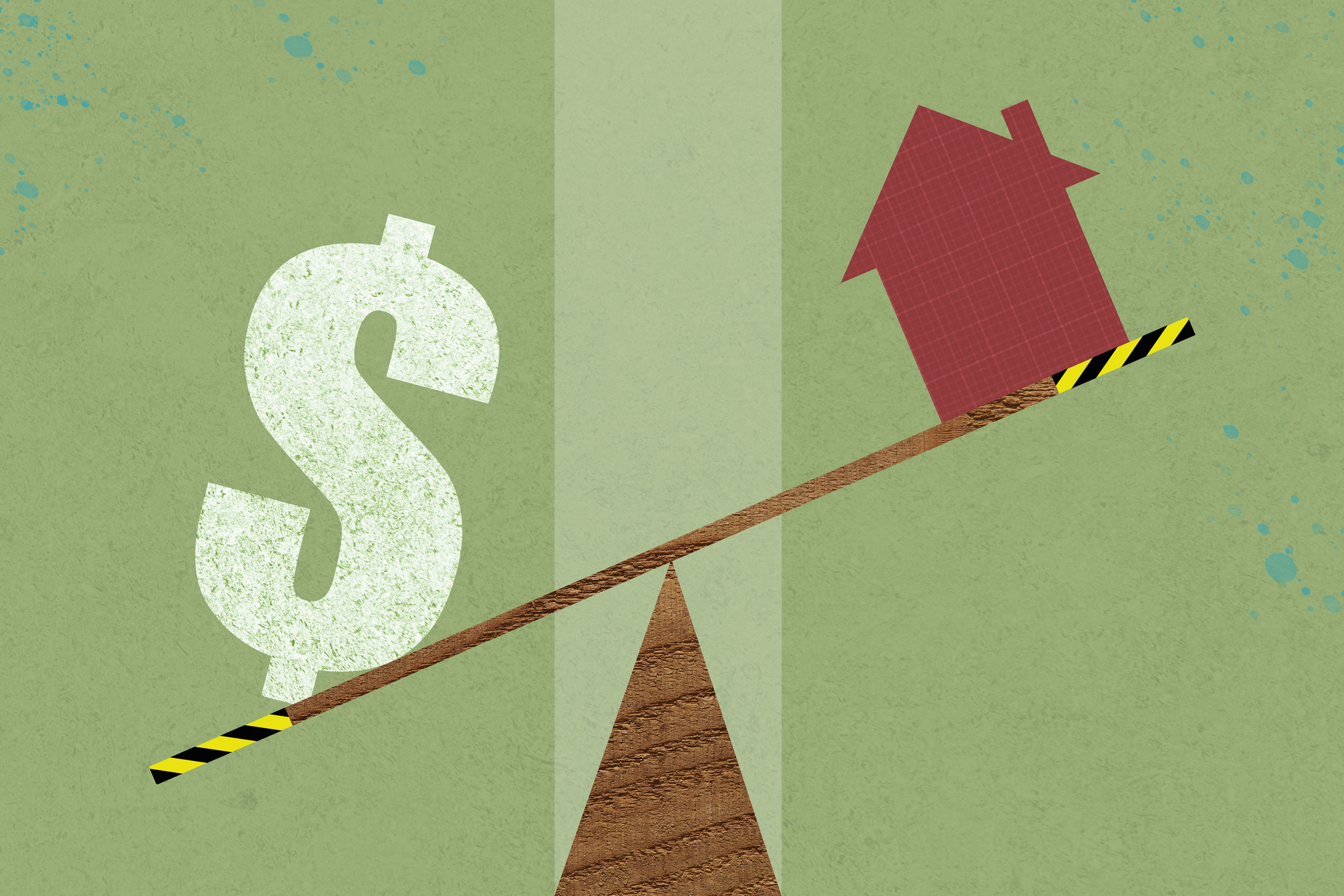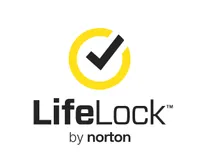Check Your Mailbox: Wells Fargo Settlement Payments Have Begun
Wells Fargo settlement customers whose mortgages were placed in forbearance without their permission should keep an eye on the mail, as checks are going out.

During the COVID-19 pandemic in 2020, many individuals were stuck at home, countless people lost their jobs and financial situations for many were strained, to say the least.
Mortgage lenders often suggested forbearance, temporarily pausing or reducing mortgage payments because of financial hardship, to help individuals keep their homes while facing financial crisis.
Now, a Wells Fargo settlement related to COVID-19 mortgage forbearance has been finalized, and affected customers are starting to receive checks as part of the resolution.
From just $107.88 $24.99 for Kiplinger Personal Finance
Become a smarter, better informed investor. Subscribe from just $107.88 $24.99, plus get up to 4 Special Issues

Sign up for Kiplinger’s Free Newsletters
Profit and prosper with the best of expert advice on investing, taxes, retirement, personal finance and more - straight to your e-mail.
Profit and prosper with the best of expert advice - straight to your e-mail.
The reason behind the Wells Fargo class-action lawsuit

Though Wells Fargo was one of many banks to suggest forbearance, plaintiffs in the Wells Fargo class-action lawsuit alleged that the bank provided forbearances to clients who hadn’t explicitly asked for one.
According to ClassAction.org, Wells Fargo automatically placed mortgages into forbearance without providing affected borrowers any advance notice.
Forbearance can have an effect on your credit score and your ability to get approved for other credit, like credit cards or loans. If a lender reports your forbearance to credit agencies, your credit score could decrease.
That lower credit score could cause other lenders to deny your application for credit. If a lender does approve your application, they might issue you a higher interest rate because your lower credit makes you a higher-risk borrower.
Repaying a mortgage can become more challenging after forbearance, too. When the forbearance period is over, you’ll be responsible for making up the missed payments. Your mortgage payments can increase to make up for those missed payments, or you might need to make extra mortgage payments at the end of your term, extending the length of your mortgage.
Some Wells Fargo customers reportedly only inquired about forbearance, such as by clicking on an informational link or by having a phone conversation with a customer service representative.
When their accounts were placed in forbearance without their knowledge, some customers’ credit scores were allegedly lowered, and some were allegedly denied applications for credit, prompting the class-action lawsuit.
What the Wells Fargo settlement means for customers
According to Top Class Actions, Wells Fargo hasn’t admitted to any wrongdoing but agreed to a settlement. The court approved the $185 million settlement in December 2024, and the settlement became effective on February 15, 2025.
Class-action beneficiaries are individuals with a Wells Fargo-serviced mortgage that was placed into COVID-19 mortgage forbearance without informed consent. Those accounts were placed into forbearance between March 1, 2020 and December 31, 2021.
The first $69 million of the settlement will be equally and automatically distributed amongst all of the class-action lawsuit members, according to ClassAction.org. The lawsuit treats co-borrowers as a single class member, meaning co-borrowers will receive a single automatic payout. However, each co-borrower will also get an additional $83.33.
Members who experienced damages because of the forbearance, including increased borrowing costs and delayed refinancing, had the option to file a claim form to receive additional compensation. The deadline to file the claim form was January 10, 2025.
When will Wells Fargo class-action lawsuit beneficiaries receive checks
All members of the Wells Fargo class-action lawsuit are set to automatically receive checks. Checks for automatic and co-borrower payments started going out in March. Supplemental claims for those who reported damages are currently being processed.
The checks are being sent in a plain envelope, so if you were part of the lawsuit, be sure to open all of your mail.
Additional Wells Fargo class-action lawsuits
The COVID-19 mortgage-forbearance lawsuit isn’t the only class-action lawsuit that’s involved Wells Fargo. The company has been involved in numerous class-action lawsuits and has been ordered to pay fees for mismanagement:
- 2024: A new class-action lawsuit accused Wells Fargo of underpaying customers interest rates while the company earned hundreds of millions of dollars on customers’ cash because of rising interest rates.
- 2022: Wells Fargo paid $3.7 million for mismanagement of accounts, including incorrectly charging fees and interest, charging surprise overdraft fees, wrongfully foreclosing on homes and illegally repossessing vehicles.
- 2020: Wells Fargo agreed to a $3 billion payment to resolve political and civil liabilities from practices of pressuring employees to meet unrealistic sales goals. To meet those goals, employees provided customers with accounts under false pretenses or without consent.
- 2018: Wells Fargo settled lawsuits for charging excessive mortgage fees and for charging customers for car insurance they didn’t need.
No matter which mortgage lender or bank you use, it’s a good idea to monitor your accounts for any unauthorized activity. Carefully track any fees that you pay, and look for changes in recurring payments, like your mortgage payment.
When you open an account, read your policy overview thoroughly and ask any questions you have about the terms. Be sure to also read any notices you receive about changes to account policies.
The news can also be a good source of information about what you need to know about your mortgage and banking companies. Consider setting up Google alerts to ensure you see any relevant news about your bank or lender.
If you suspect that you have been harmed by a financial product or service, you can also contact the Consumer Financial Protection Bureau for help.
Protect your family's credit with LifeLock, a trusted leader in identity theft protection. LifeLock monitors personal information and alerts subscribers to potential threats, including unauthorized credit applications.
Related Content
Profit and prosper with the best of Kiplinger's advice on investing, taxes, retirement, personal finance and much more. Delivered daily. Enter your email in the box and click Sign Me Up.

Paige Cerulli is a freelance journalist and content writer with more than 15 years of experience. She specializes in personal finance, health, and commerce content. Paige majored in English and music performance at Westfield State University and has received numerous awards for her creative nonfiction. Her work has appeared in The U.S. News & World Report, USA Today, GOBankingRates, Top Ten Reviews, TIME Stamped Shopping and more. In her spare time, Paige enjoys horseback riding, photography and playing the flute. Connect with her on LinkedIn.
-
 4 Great Tools to DIY Your Own Financial Plan
4 Great Tools to DIY Your Own Financial PlanSmart Savings Several tools picked out by Kiplinger that DIYers can use to make their own financial plan.
-
 The 7-Month Deadline That Sets Your Lifetime Medicare Premiums
The 7-Month Deadline That Sets Your Lifetime Medicare PremiumsUnderstanding Medicare enrollment is crucial, as missing deadlines can lead to permanent late enrollment penalties and gaps in coverage.
-
 Retirees Living in Portugal: You Need a Post-NHR Tax Strategy
Retirees Living in Portugal: You Need a Post-NHR Tax StrategyWhen your 10-year Non-Habitual Resident tax break ends, you could see your tax rate soar. Take steps to plan for this change well before the NHR window closes.
-
 How Much Income You Really Need to Afford a $500,000 Home
How Much Income You Really Need to Afford a $500,000 HomeAs home prices increase, the income needed for a house is also climbing. We break down what you need to earn to afford a $500,000 home.
-
 How Much Would a $50,000 HELOC Cost Per Month?
How Much Would a $50,000 HELOC Cost Per Month?Thinking about tapping your home’s equity? Here’s what a $50,000 HELOC might cost you each month based on current rates.
-
 Should You Tap Your Home Equity Before 2026?
Should You Tap Your Home Equity Before 2026?As borrowing rates and tax law shifts converge, here's what homeowners need to know before pulling equity out of their home.
-
 Want to Change Banks? Try This 'Soft' Strategy
Want to Change Banks? Try This 'Soft' StrategyThe "soft switching" banking trend allows you to explore a new bank account while keeping your primary one. See how it could benefit you.
-
 What to Know About Portable Mortgages
What to Know About Portable MortgagesA closer look at how portable mortgages would work, who might benefit and why the concept is gaining attention amid high rates and limited supply.
-
 A New Kind of HELOC Lets Homeowners Fund Remodels on Their Terms
A New Kind of HELOC Lets Homeowners Fund Remodels on Their TermsFinance home upgrades gradually, using the equity you already have.
-
 Selling a Haunted House? What You Have to Tell Buyers (and What You Don’t)
Selling a Haunted House? What You Have to Tell Buyers (and What You Don’t)You don’t need ghosts to spook buyers, sometimes a home’s past is enough. Here’s what sellers should know about disclosure laws, pricing and perception when a property has a haunted history.
-
 A Vacation Home Sounds Dreamy, But Is It the Right Move for You?
A Vacation Home Sounds Dreamy, But Is It the Right Move for You?A vacation home can be a relaxing getaway or a financial burden. Learn the pros and cons of owning a second home and how to decide if it fits your goals.
